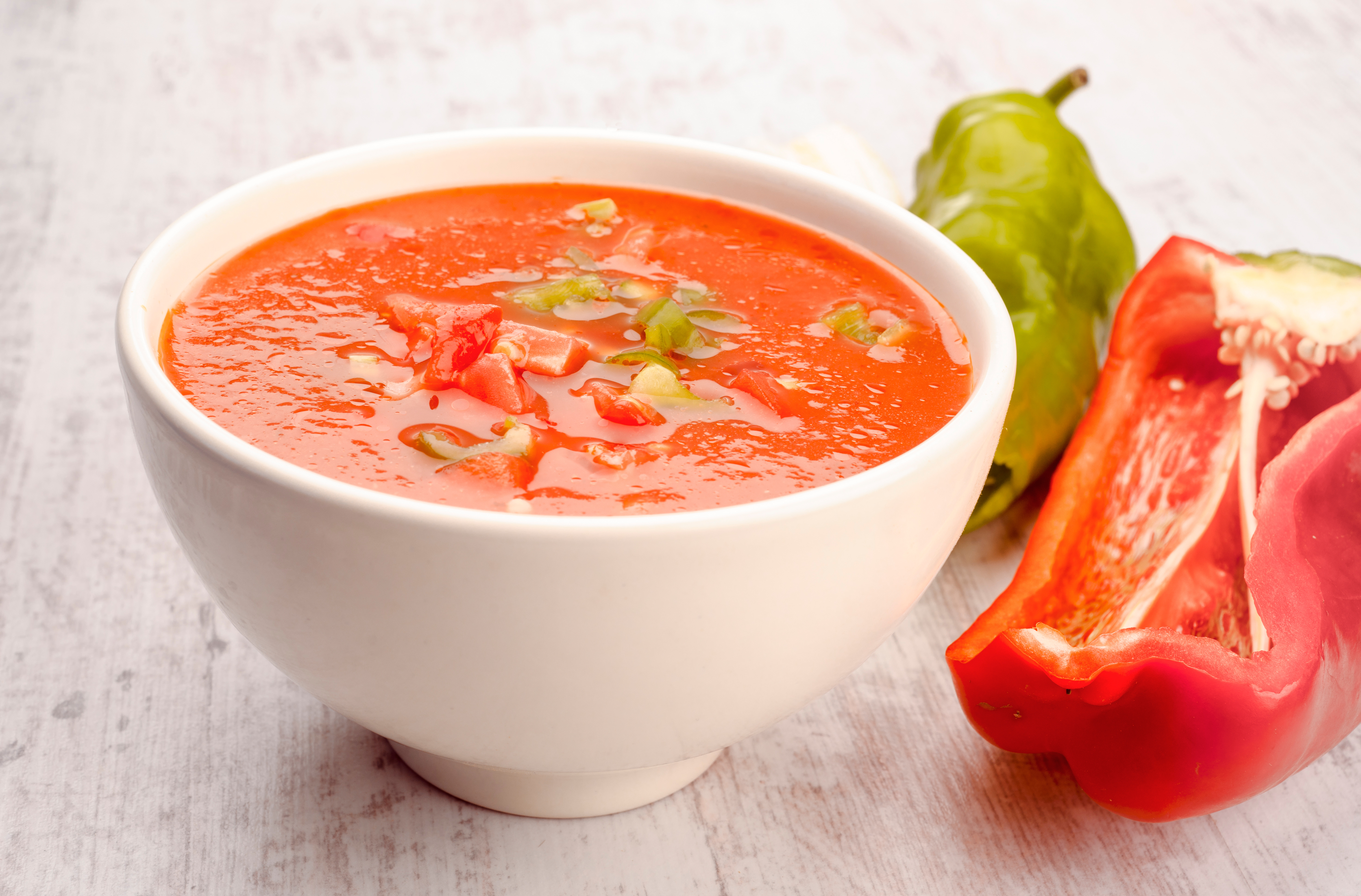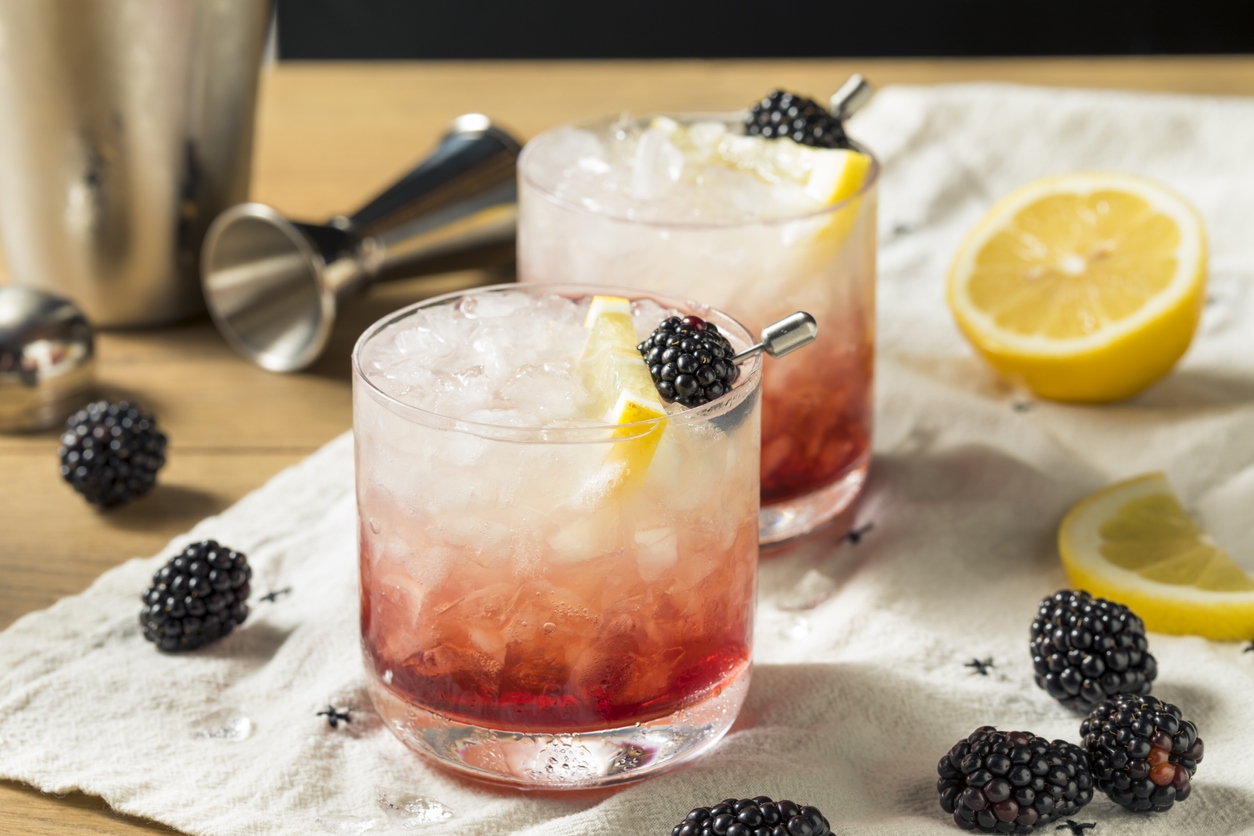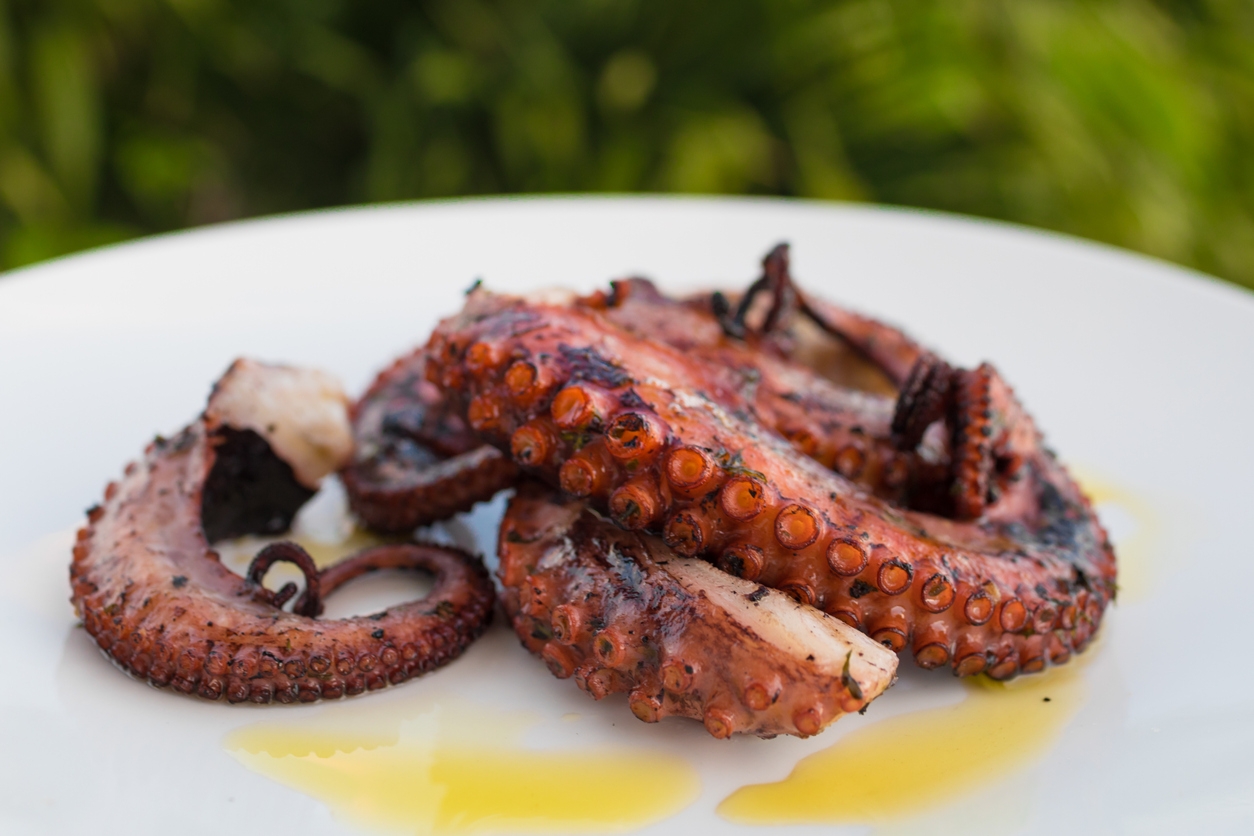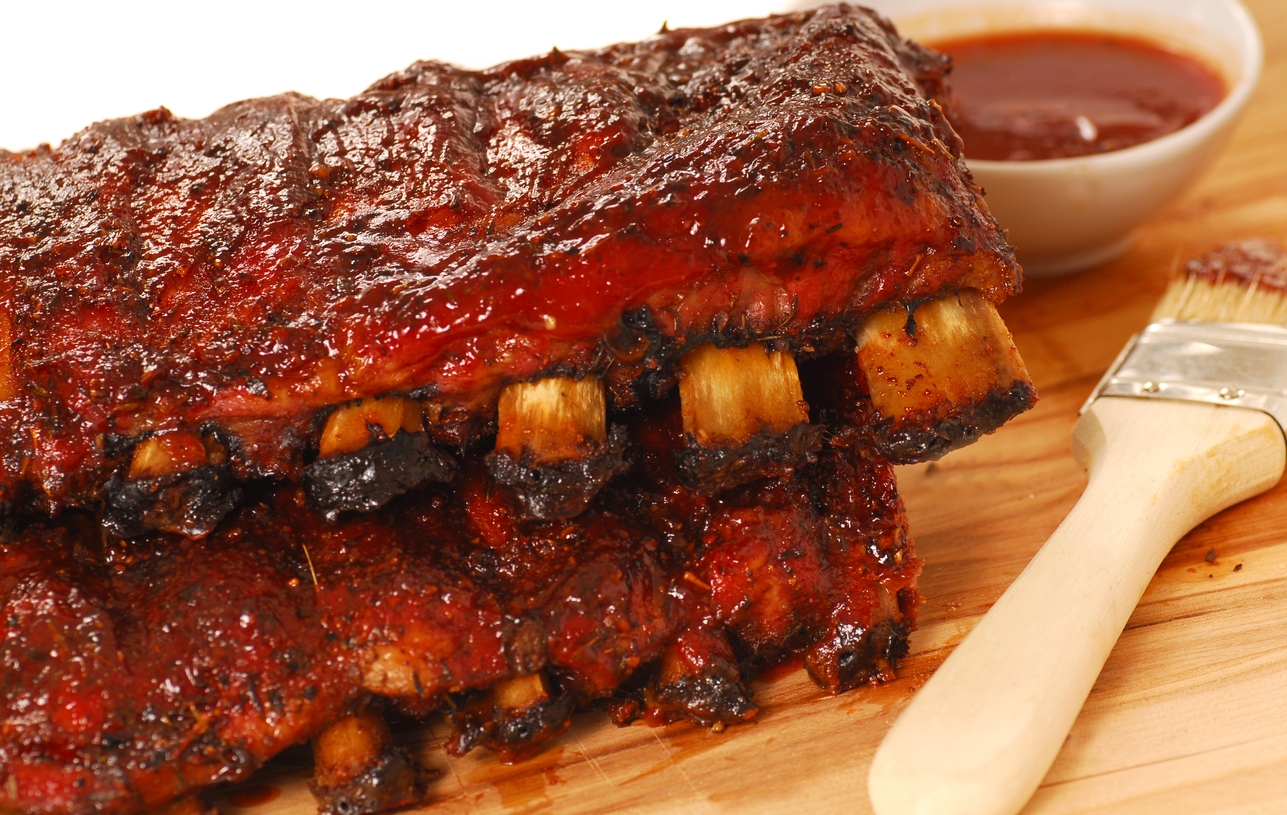About Butter
What would we do without butter? I have no idea but it is important to remember that the best quality butter comes from the best quality milk. It is a very simple process to make your own butter from organic cream. If you are interested in doing this you may find step by step instructions using our search engine. Here are some simple facts to help you understand butter.
- Salted and unsalted butter are inter-changeable in baking recipes. When cook with butter it is best to use unsalted. (Just to control the amount of salt in the final dish)
- Butter absorbs odors easily. To prevent the transfer of odor to butter, place it in an air tight container in a separate compartment in the refrigerator.
- Use butter by the recommended date printed on the package, or freeze in airtight containers up to 6 months.
- Melting butter releases and enhances it’s unique flavor. Watch butter closely to insure it doesn’t burn.
- An Indian version of butter (ghee) which removes the milk solids is a delicious and useful form of butter.
- To soften butter quickly, cut it into chinks and leave it a room temperature, or place the stick between two sheets of wax paper and hit it with a rolling pin.
- Butter and margarine are both 80% fat, but butter’s source of fat is pure cream. Margarine is made from oil.
- Butter and margarine are equal–100 calories and 11 fat grams per tablespoon.
- Light butter is a good low-fat topping on vegetables or as a table spread, but it is not recommended for baking.
- It takes 21 lbs (10) quarts of whole milk to make one pound of butter.






No Comments